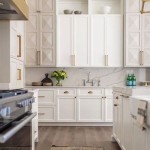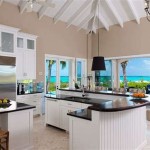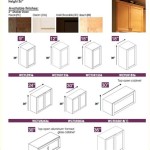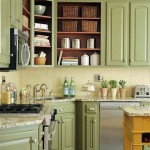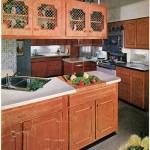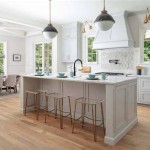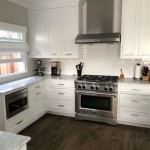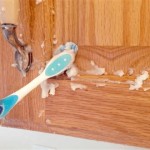Essential Aspects of Kitchen Cabinet Crown Molding to Ceiling
Kitchen Cabinet Crown Molding to Ceiling, a noun, is an integral part of kitchen design, serving both functional and aesthetic purposes. Its seamless integration with the kitchen ceiling elevates the space, adding a touch of elegance and sophistication. Understanding the essential aspects of crown molding is crucial for achieving a cohesive and visually appealing kitchen design. ### Types of Crown Molding Profiles The profile of a crown molding refers to its shape and design. It plays a significant role in determining the overall character of the kitchen. Common crown molding profiles include: -Simple Ogee: A traditional and versatile profile featuring a graceful S-shaped curve.
-Bed Molding: A more elaborate profile resembling a cushion, adding a touch of opulence.
-Cove Molding: A concave profile creating a soft and subtle transition between the cabinet and ceiling.
-Dentil Molding: A more decorative profile incorporating small, block-like indentations along the bottom.
### Material Considerations The choice of material for crown molding is equally important. Each material offers unique advantages and disadvantages: -Wood: Classic and durable, but requires regular maintenance and sealing.
-Polystyrene: Lightweight and inexpensive, but prone to dents and scratches.
-Polyurethane: Moisture-resistant, durable, and easy to mold into intricate designs.
-MDF (Medium-Density Fiberboard): Similar to wood in appearance, but more moisture-resistant.
### Height and Proportions The height and proportions of crown molding can significantly impact the visual balance of the kitchen. General guidelines suggest: -For 8-foot ceilings: 3-4 inch molding
-For 9-10 foot ceilings: 4-5 inch molding
-For 11-foot ceilings: 5-6 inch molding
### Installation Techniques Proper installation is essential for a seamless and secure finish. Methods include: -Nailed: Using finishing nails directly into the cabinet and ceiling.
-Glued: Applying wood glue to the back of the molding and pressing it into place.
-Stapled: Using a brad nailer to fasten the molding from the back.
By considering these essential aspects of Kitchen Cabinet Crown Molding to Ceiling, homeowners and designers can create a visually stunning and functional kitchen space.
Cabinet Crown Molding Rogue Engineer

Crown Molding For Kitchen Cabinets Fine Homebuilding

Diy Kitchen Cabinet Upgrade With Paint And Crown Molding

Cabinet Crown Molding Rogue Engineer

Cabinets Moulding That Goes To 9 Ft Ceiling 45 8 Crown Molding Cabinet Kitchen

Diy Kitchen Cabinet Upgrade With Paint And Crown Molding

68 Crown Molding Ideas And Designs For Any Room Next Luxury Ceiling Kitchen Cabinet

11 Kitchen Cabinet Crown Molding Ideas For Your

How To Add Crown Molding Kitchen Cabinets Abby Organizes

Extending Kitchen Cabinets To Ceiling American Wood Reface
Related Posts

